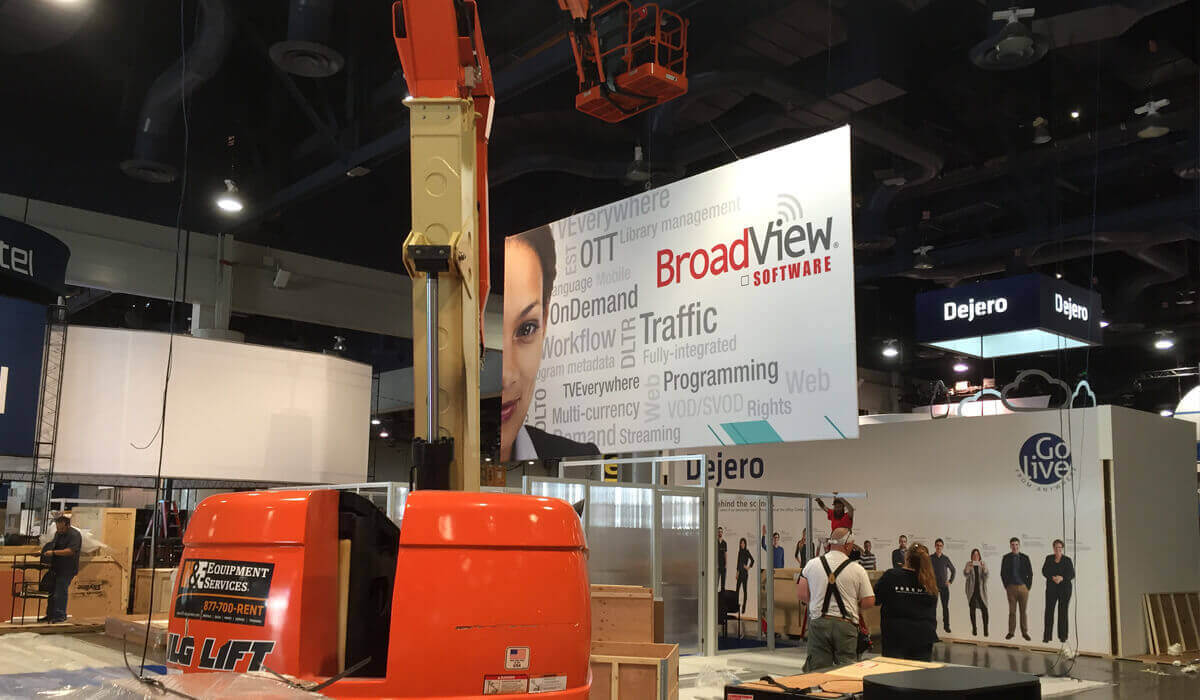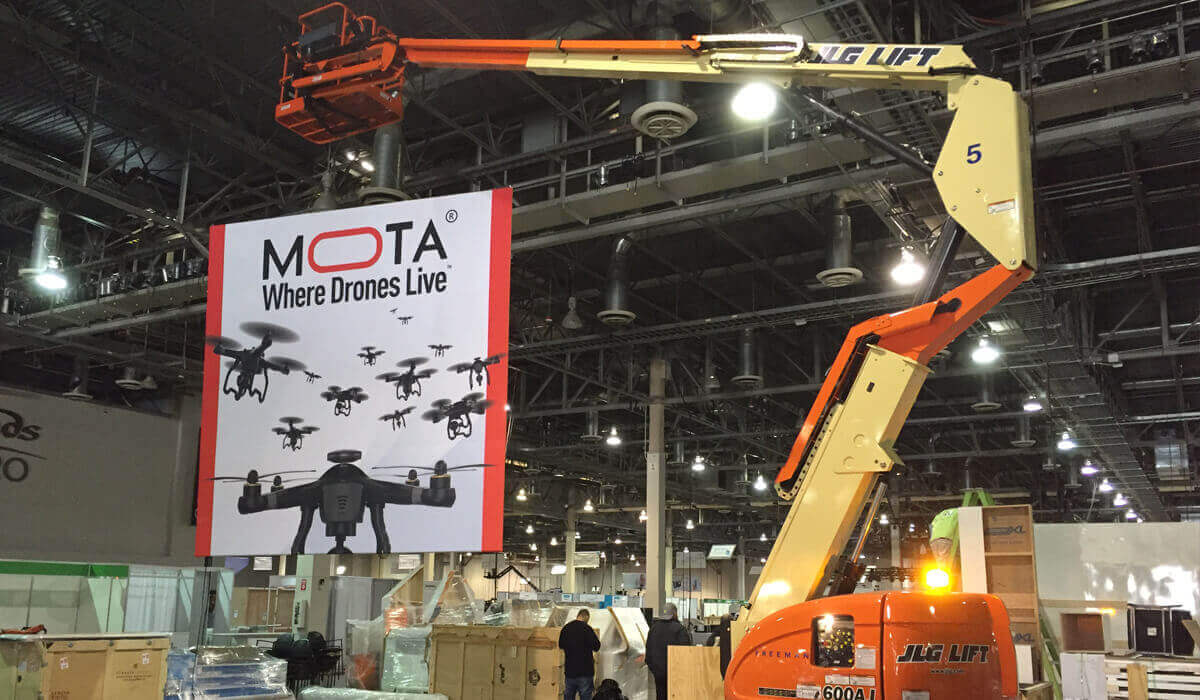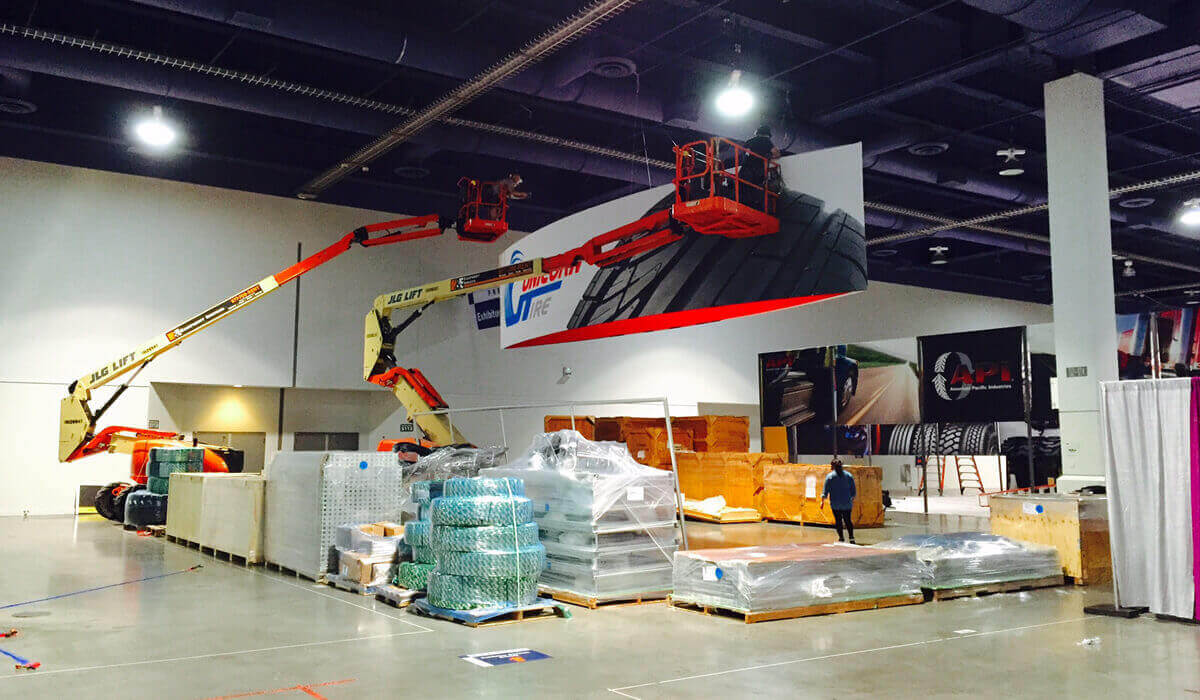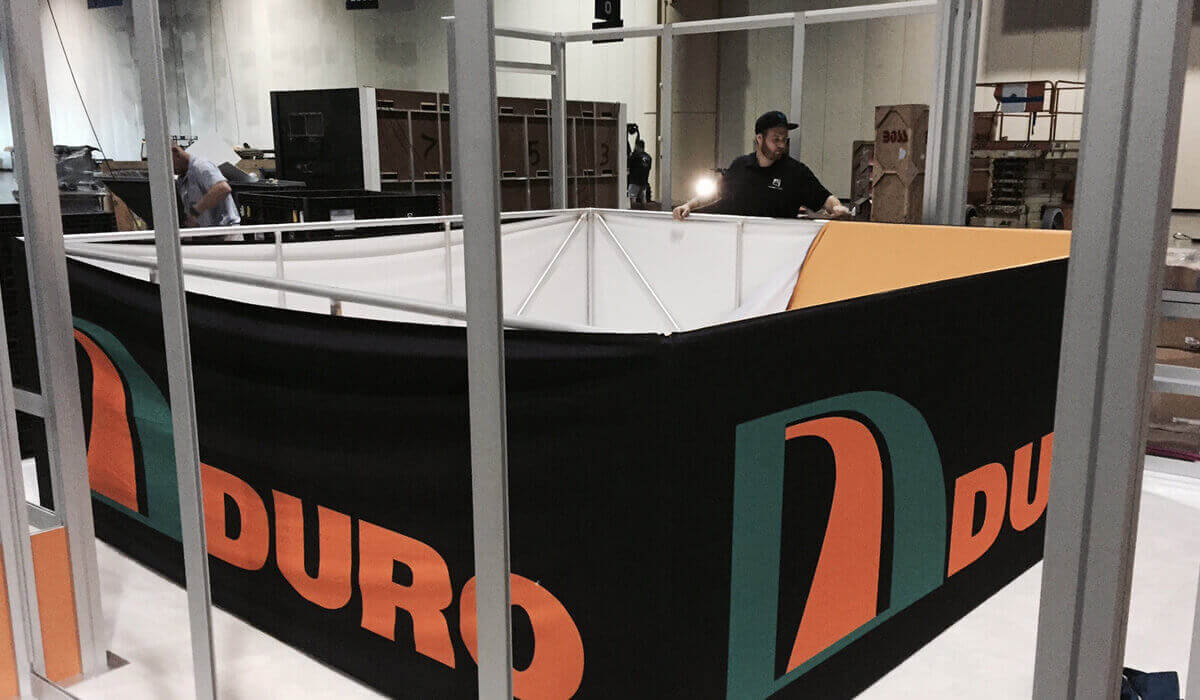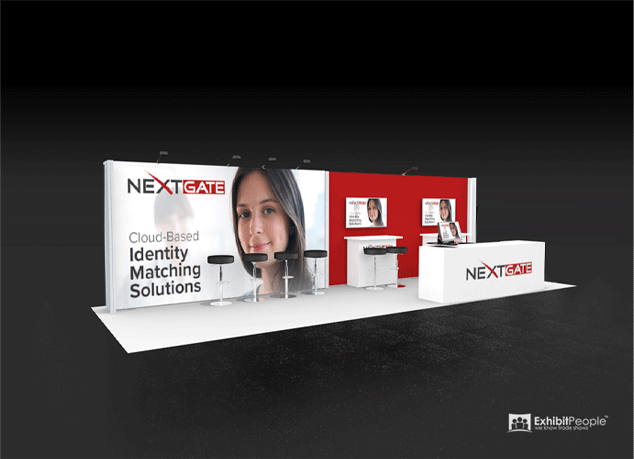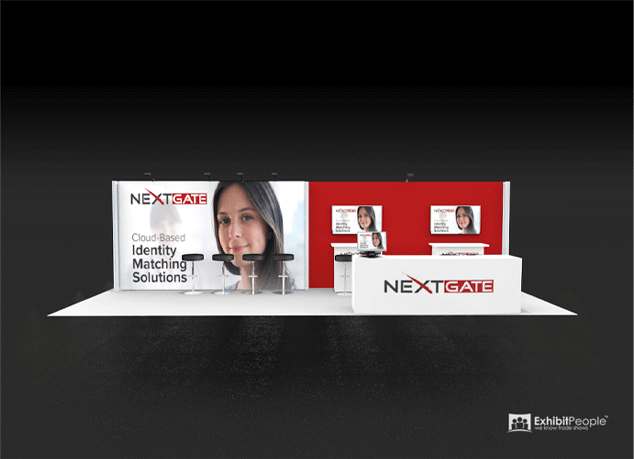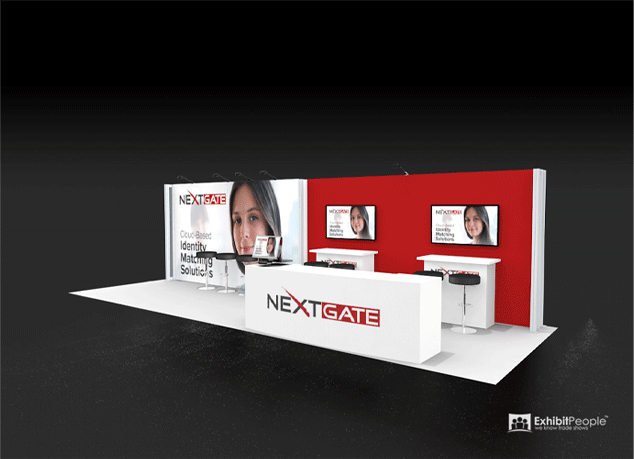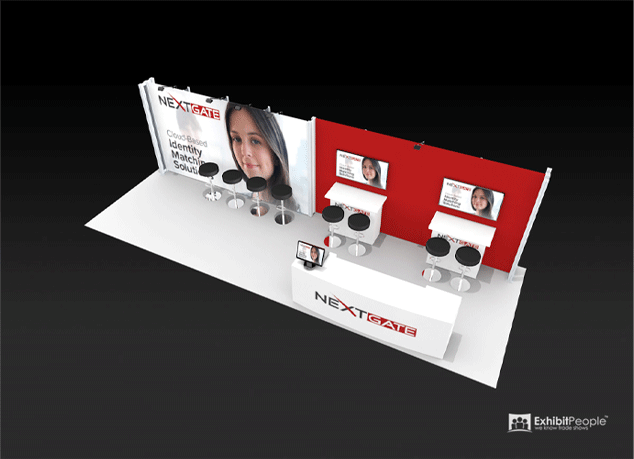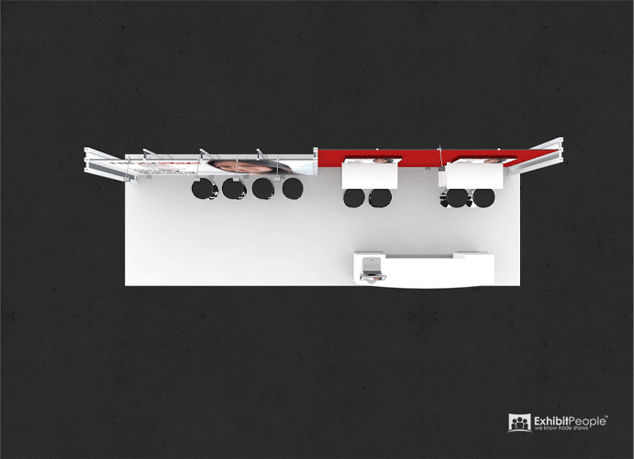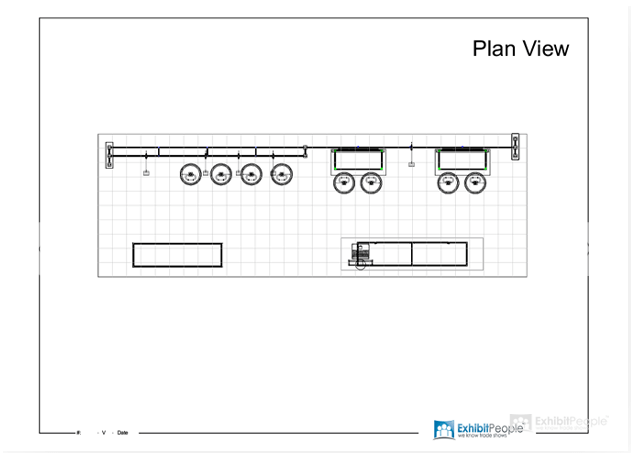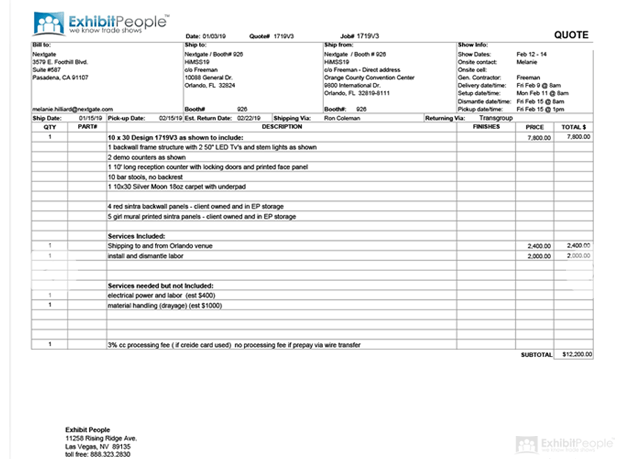Trade Show Rigging Tips
These trade show rigging tips are intended to help you avoid delays and reduce costs. Rigging costs are related to the time and number of workers required to assemble and suspend your sign / truss / LED video wall from the venue ceiling structure. Most shows will provide a rigging crew to accomplish this task. Where possible a rigging team may use ropes to raise your truss / sign / LED video wall, but it’s most common for riggers to use a condor lift and lift operator for the aerial work and a team of assemblers to do the assembly and ground support.
Don’t be surprised if your rigging team insists on cables and harnesses that they supply. It’s pretty unavoidable and you will be charged for these additional supplies. Their reasoning is sound. The convention facility will usually have strict codes requiring certain tensile strength of the cables and harnesses being used to hang things in the air. Even though you may have an engineering stamp stating this, they are ultimately the ones responsible should a cable or harness fail. There are additional factors that add to rigging costs.
Some projects require more than one condor lift and operator. Some venues have more ceiling obstacles or fewer connecting points designed into the building. These factors can significantly add to the rigging time and cable and harness costs.
We find its best to work with your sign or truss provider to minimize the required hang points. A better quality hanging sign can help accomplish this. We often see cheaper import signs require many hang points to hold the signs shape. Even for well made signs, at some point larger signs will require more lifts, more crew and more time to install.
Don’t be reluctant to call the show and talk with someone in rigging. Email drawings, have them review your booth design and assess your rigging needs. They know the building facilities and their capabilities. A little pre-planning will go a long way to streamlining the rigging install.
How We Help You Reduce Rigging Costs
Your Trade Show Rigging costs are directly related to the time and number of workers required to assemble and suspend your hanging sign or truss structure. Most shows will provide a rigging crew to accomplish this task. Where possible, riggers will use guide ropes from the ground to assist the aerial team in getting your sign or truss structure to the right height and location within your booth space.
If your suspending an LED video wall, union riggers as well as stagehands and electricians may all be involved, depending on their jurisdiction at the venue your show is held. Planning and communicating with rigging crews and vendors will greatly help you avoid wasting expensive time on the show floor.
We’ve found that it’s best to plan for flooring/rigging on the first day of install and leave the construction of the booth until the second day. When you’re unable to to this, it’s good to unpack and stage the materials to help your workers get everything ready to build quicker. Our teams know to visit the rigging desk early to ensure we are in queue as planned. We plan our installations to give time for the rigging so that labor time & money aren’t wasted.
Here’s what matters:
- Choose a quality sign that installs quickly
- Plan for floor space to assemble your frame structure
- You get to make Final Positioning Decisions
- Consider lighting your sign with ceiling-mounted ParCan lights you can order from the show.
